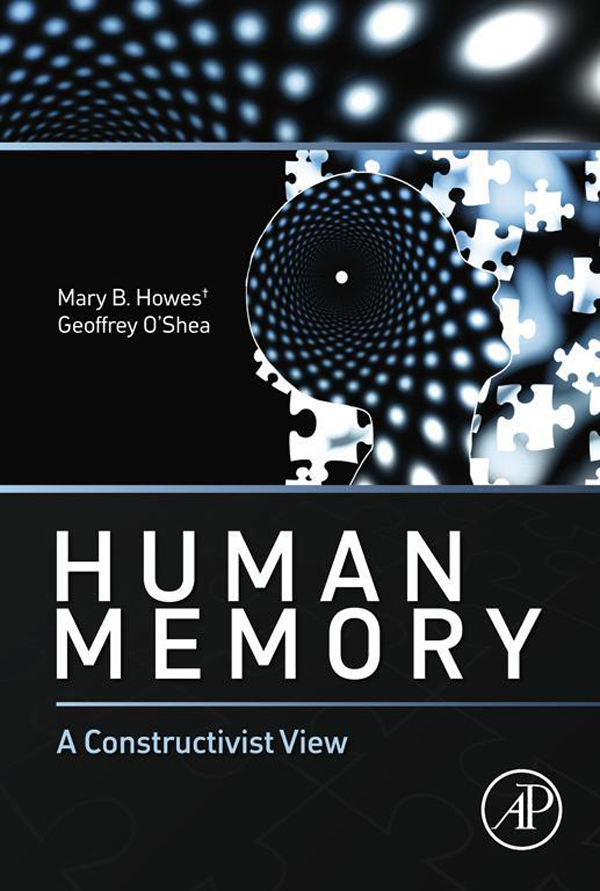Mary B. Howes - Human Memory: A Constructivist View
Here you can read online Mary B. Howes - Human Memory: A Constructivist View full text of the book (entire story) in english for free. Download pdf and epub, get meaning, cover and reviews about this ebook. year: 2014, publisher: Academic Press, genre: Science. Description of the work, (preface) as well as reviews are available. Best literature library LitArk.com created for fans of good reading and offers a wide selection of genres:
Romance novel
Science fiction
Adventure
Detective
Science
History
Home and family
Prose
Art
Politics
Computer
Non-fiction
Religion
Business
Children
Humor
Choose a favorite category and find really read worthwhile books. Enjoy immersion in the world of imagination, feel the emotions of the characters or learn something new for yourself, make an fascinating discovery.

- Book:Human Memory: A Constructivist View
- Author:
- Publisher:Academic Press
- Genre:
- Year:2014
- Rating:4 / 5
- Favourites:Add to favourites
- Your mark:
Human Memory: A Constructivist View: summary, description and annotation
We offer to read an annotation, description, summary or preface (depends on what the author of the book "Human Memory: A Constructivist View" wrote himself). If you haven't found the necessary information about the book — write in the comments, we will try to find it.
While memory research has recently focused on brain images and neurological underpinnings of transmitters, Human Memory: A Constructivist View assesses how our individual identity affects what we remember, why and how. This book brings memory back to the constructivist questions of how all the experiences of an individual, up to the point of new memory input, help to determine what that person pays attention to, how that information is interpreted, and how all that ultimately affects what goes into memory and how it is stored. This also affects what can be recalled later and what kind of memory distortions are likely to occur.
The authors describe constructionist theories of memory, what they predict, how this is borne out in research findings, presenting everyday life examples for better understanding of the material and interest. Intended for memory researchers and graduate level courses, this book is an excellent summary of human memory research from the constructivist perspective.
- Defines constructivist theory in memory research
- Assesses research findings relative to constructivist predictions
- Identifies how personal experience dictates attention, interpretation, and storage
- Integrates constructivist based findings with cognitive neuroscience
Mary B. Howes: author's other books
Who wrote Human Memory: A Constructivist View? Find out the surname, the name of the author of the book and a list of all author's works by series.











